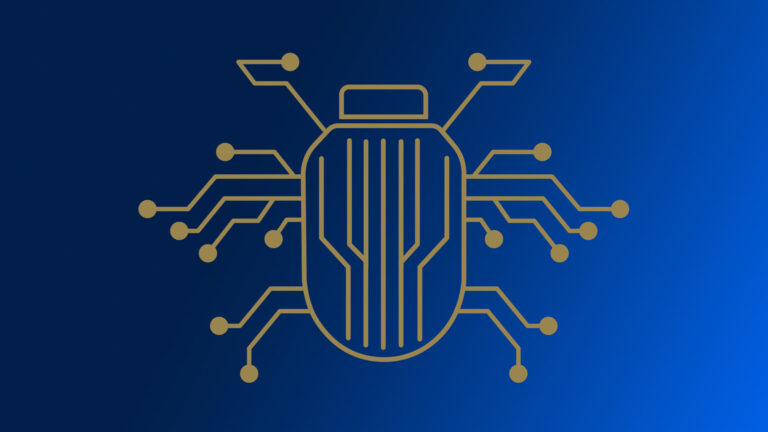Digital transformation prompted a surge in the use of third party vendors to help with tasks like migrating data to the cloud. While these relationships foster several benefits, including speed, business functionality, cost reduction and more, the risk of a third party data breach could be part of the package too.
According to Gartner, 45% of organizations worldwide will have seen attacks on their software supply chains by 2025. Third party risk is top of mind for both the private and public sectors, and it’s not difficult to understand why. It only takes one weak point in a third party digital ecosystem for malicious hackers to exploit and leak critical data and information.
Tech leaders know there’s a brewing problem. In a 2022 study conducted by Venafi, 82% of chief information officers believe their software supply chains are harboring vulnerabilities. The concern is not unwarranted. The Solarwinds data breach still comes to mind as one of the most infamous supply chain attacks today. This attack captured the attention of the cybersecurity world and acts as a reminder of the consequences of using vulnerable third party software and why organizations need to rely on their due diligence.
While some organizations turn to automated solutions like vulnerability scanners and rely heavily on positive risk scores, this barely scratches the surface of a vendor’s security measures. Malicious hackers are becoming more sophisticated with their tactics.
Organizations should treat their third parties as an extension of their own attack surface. Synack’s proactive solution doesn’t rely on a scorecard. Here’s what the Synack Platform brings to the table:
Human expertise
Automated scanners, basic risk scores and traditional pentesting can’t compare to the Synack Red Team (SRT). The community boasts more than 1,500 security researchers with a wide range of security testing skills. SRT members with the specific expertise required are assigned to test targets for Synack clients, such as those with an application security background.
In an example with one of our large banking customers, the SRT went to work on a third party vendor that was used for application development. When testing was complete, the SRT found that 90% of their critical vulnerabilities were related to cross-site scripting (XSS) attacks. This realization prompted a much needed discussion with the vendor on their application development practices.
Internal team augmentation and asset prioritization
If an organization utilizes several different third parties or acquires new companies through M&A, the Synack Platform can help augment its security testing program. For an existing security team, it can be challenging to prioritize what needs testing when the attack surface is expanding.
Executing testing in a timely manner when onboarding a new vendor or acquiring another company is critical to prevent questionable assets from becoming new vulnerabilities in your organization’s attack surface. Traditional pentesting can’t scale to meet the challenge of large organizations that need quick time-to-test and continuous monitoring. This is where the Synack Platform comes in.
Synack performs digital reconnaissance to help organizations know when to test more rigorously by investigating assets. By addressing brand and organizational risk, potential threat vectors can be discovered, and SRT members can describe how this information can be potentially used maliciously. After the results, your Synack representative will recommend further testing to keep your organization’s most critical assets safe.
Less noise with human-led API pentesting
In recent years, APIs have become increasingly attractive for malicious hackers due to their access to critical data and information. More organizations are adopting APIs for business functionality, making their unique vulnerabilities a cause of concern, with Broken Object Level Authorization leading the OWASP Top Ten API Security Risks list of 2023. Due to the evolving and complex nature of APIs, they come with their own security challenges, and relying on existing solutions like web applications firewalls can lead to breaches. Implementing a robust security program is essential.
The Synack Platform has the ability to continuously test APIs behind a web application and headless APIs. Unlike automated solutions, the Synack Platform surfaces critical and exploitable vulnerabilities that matter most to organizations, which means less noise and a narrowed focus.
API-related flaws also require specific expertise. In a recent Exploits Explained blog, SRT member Kuldeep Pandya demonstrated how he found a server-side request forgery vulnerability in an API target that allowed a remote unauthenticated attacker to obtain valid authorization tokens for different services within the organization.
Secure your supply chain and M&A targets with the Synack Platform
When it comes to the security of third parties, it’s best to know exactly what you’re dealing with. The cost of a data breach often outweighs the price of thorough due diligence. That’s why several organizations, from the pharmaceutical and financial industry all the way to the public sector, trust the Synack Platform to check for critical vulnerabilities in the third party supply chain.
Ready to get started? Learn more.




